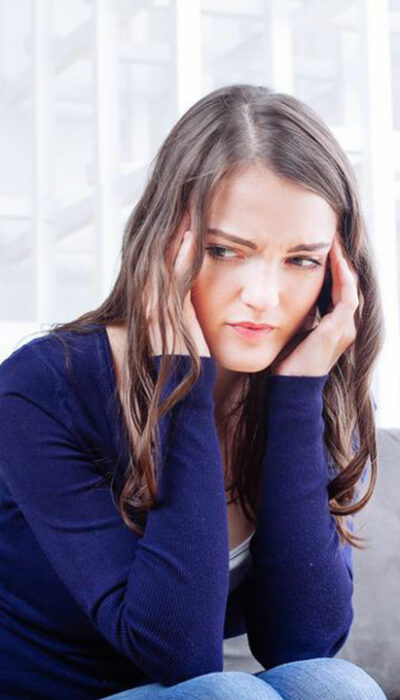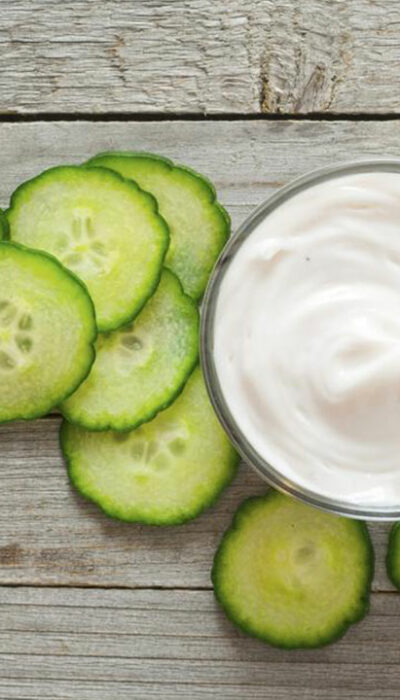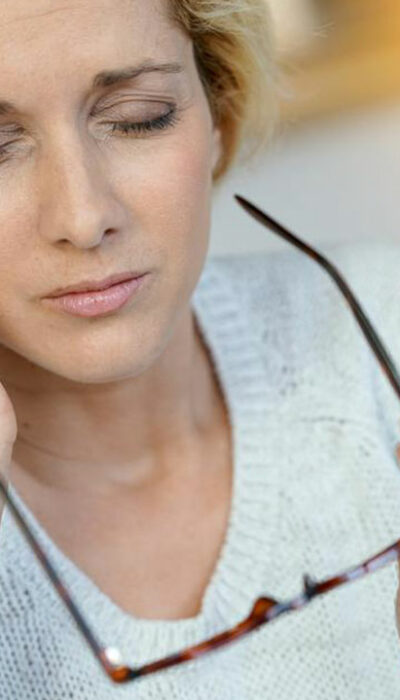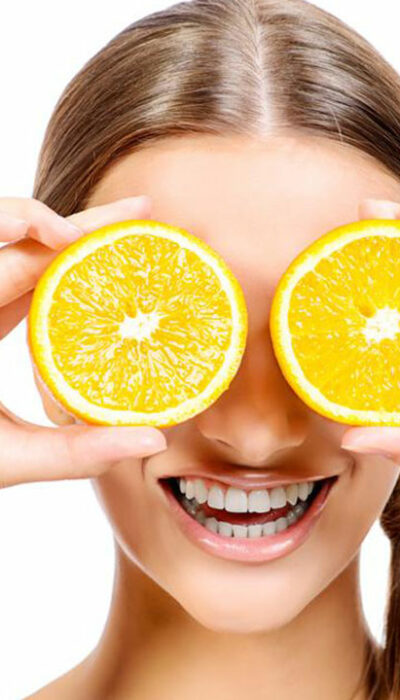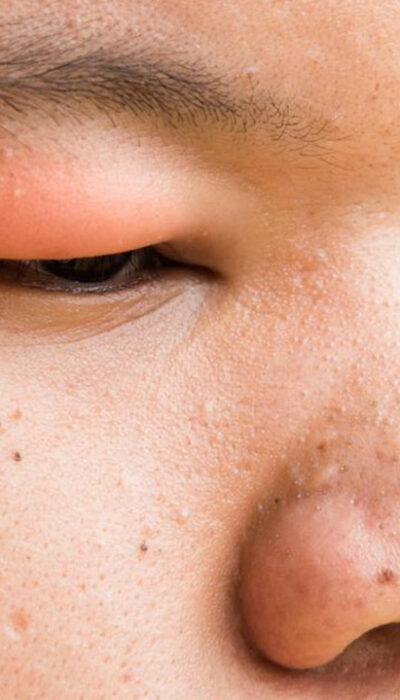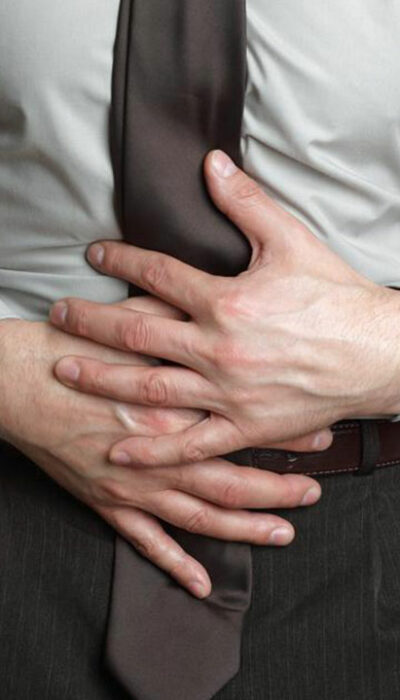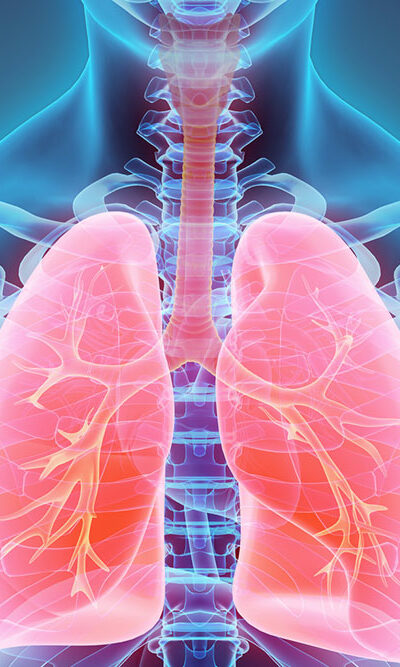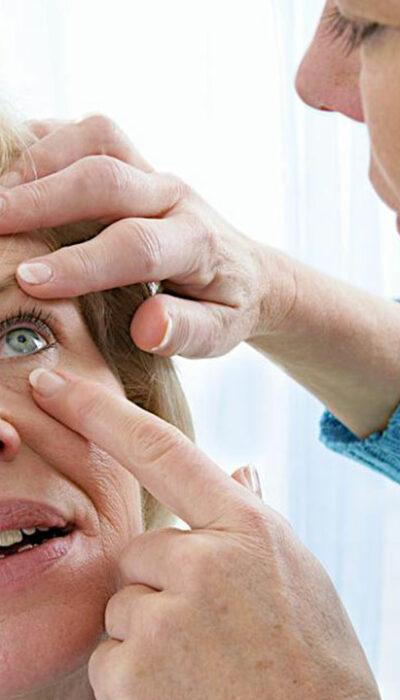
New Techniques to Treat Age-Related Macular Degeneration
Macular degeneration causes a loss of central vision in both eyes. It is a painless condition that normally affects people who are older than 50 years. It is commonly known as Age-related Macular Degeneration (AMD). There are also rare cases of Juvenile Macular Degeneration, which affects young people. Certain genetic disorders are the cause of the development of juvenile macular degeneration. When a person suffers from Macular Degeneration, the central vision is affected. So, there is difficulty in focusing on objects that lie straight ahead. The result is that everything appears blurred, it becomes difficult to read, the faces of people appear blurred and colors of objects around you look pale and dull. Causes The exact cause for macular degeneration isn’t known yet. Aging can cause a person to develop this condition. In older people, the macula, which is a central spot in the retina, develops a problem and causes age-related macular degeneration. AMD can develop as wet AMD or dry AMD. Dry AMD The macula has light-sensitive cells that gradually break down as you age. As the light-sensitive cells reduce in number, the central vision deteriorates. Waste products start to accumulate in the retina and cause small deposits called drusen. As the drusen increases in size, vision problems arise. Drusen is a characteristic feature of dry AMD. Wet AMD Tiny blood vessels form underneath the macula attempt to clear the drusen from the retina. These blood vessels cause fluid and blood to leak into the macula, leading to scarring and macular damage. This can lead to serious symptoms like blind spots and distorted vision. Symptoms Macular degeneration escapes attention, till you experience diminished vision. The primary symptom is blurred central vision. Faces, writing, and images get distorted in the central view. You lose visual acuity. You cannot see the fine details, and it becomes difficult for you to read and drive.

